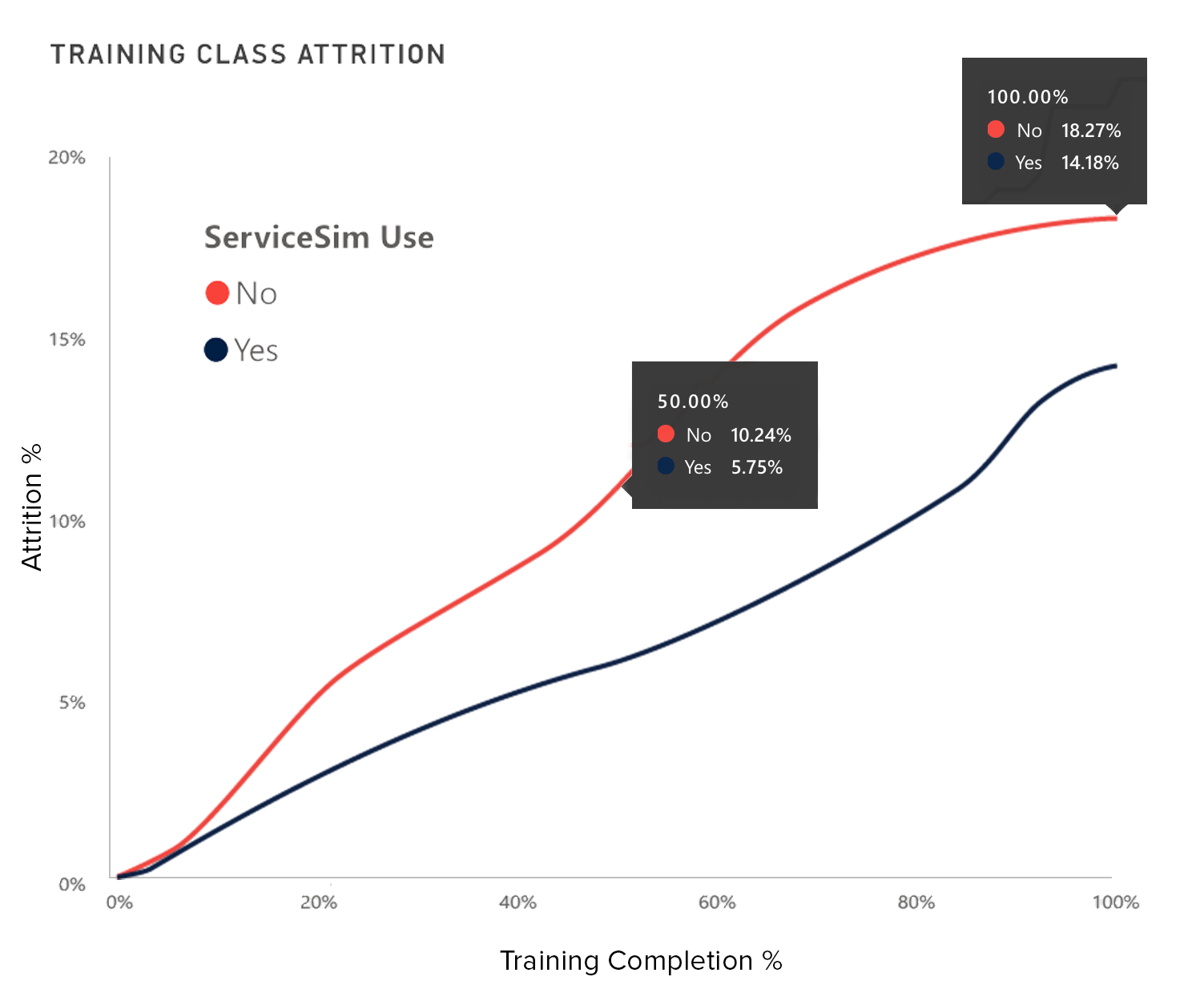Running a contact center is no easy task. Managers are constantly balancing the need for excellent customer service with the challenge of keeping agents efficient and satisfied. One of the most persistent issues facing contact centers is agents leaving training programs without the skills they need to perform effectively on the job.
In a field where customer interactions often define the brand, having underprepared agents on the front lines can lead to poor customer experiences, reduced productivity, and costly turnover. So, why do agents graduate from training programs with missing skills? Here are the key reasons and what managers and software buyers need to consider when addressing these gaps.
1. Poor Training Design: Focusing on Theory Over Practice
One of the most common reasons agents lack essential skills after training is that the curriculum is not aligned with real-world tasks. Many training programs emphasize theory, rules, and guidelines but fall short in preparing agents to apply that knowledge in practice.
For example, agents might learn the technical steps to resolve an issue but fail to practice handling difficult conversations or navigating tricky customer emotions. Without role-playing or simulations that reflect live customer interactions, agents leave the classroom unprepared to manage complex, real-world scenarios.
Solution: Invest in training programs that balance theoretical knowledge with hands-on, scenario-based learning. Training tools that offer role-playing and simulations—especially those that replicate actual customer behavior—can bridge the gap between theory and practice. Many contact center software platforms offer integrated training modules that allow agents to practice within the environment they’ll use every day, creating a smoother transition from training to live calls.
2. Lack of Context: Training in Silos
Another common problem is that training often occurs in isolation from the actual context of the job. Agents might learn about different customer types, processes, or technologies without understanding how these elements connect within the larger workflow of the contact center. Without context, it’s difficult for agents to see how their role fits into the organization’s overall customer service strategy.
For instance, an agent may understand the technical steps to log a support ticket but fail to grasp the broader significance of how an unresolved issue impacts customer retention. This gap in understanding can lead to poor prioritization and a lack of urgency.
Solution: Training should be immersive and connected to real business outcomes. By incorporating examples that show how individual tasks contribute to the company’s broader goals, agents can better understand the importance of their role. Real-time dashboards and KPI trackers, often built into modern contact center platforms, can help agents see the immediate impact of their work, reinforcing the training’s relevance.
Download Now: Your Roadmap to Successful AI Implementations in the Contact Center
3. Varying Learning Styles: One-Size-Fits-All Training Doesn’t Work
No two agents learn the same way. Yet, many contact centers deploy cookie-cutter training programs that fail to address different learning styles. Some agents are visual learners, while others might grasp concepts better through hands-on experience. Others may need more time to absorb information through reading or written instruction.
Unfortunately, traditional classroom-style training or even eLearning modules often cater to just one or two styles of learning. As a result, some agents might breeze through training while others lag behind, struggling to retain key information or develop necessary skills.
Solution: Adopt a multi-modal approach to training that accommodates different learning styles. Interactive videos, quizzes, peer-learning groups, and personalized coaching can help cater to a broader spectrum of learning needs. Contact center platforms with customizable training paths allow managers to tailor learning to each agent’s unique style, ensuring that no one is left behind.
4. Ineffective Coaching: A Lack of Ongoing Support
Finally, even the most robust training program can fail if agents don’t receive ongoing coaching after they graduate. In many contact centers, agents are thrown into live calls after training with minimal follow-up. Without continuous guidance, they’re likely to develop bad habits or make mistakes that go unnoticed until they result in poor customer experiences.
Moreover, coaching in some centers is reactive rather than proactive. Managers wait until an agent struggles or makes a costly error to intervene. By that time, the damage to customer satisfaction has already occurred.
Solution: Coaching should be a continuous process rather than a one-time intervention. Managers can leverage contact center software with built-in performance tracking tools to provide real-time feedback. Advanced platforms allow supervisors to monitor live calls, identify potential areas of improvement, and offer targeted coaching. Regular, short coaching sessions—focused on real-world examples from the agent’s interactions—can make all the difference in helping agents refine their skills.
Addressing the Skills Gap with the Right Technology
A major part of the solution to these training challenges lies in the technology contact centers use. Today’s leading contact center platforms offer tools that go beyond basic call handling to include features like:
- Simulation and role-playing environments to give agents hands-on experience.
- Knowledge management systems that offer real-time, contextual support during live calls.
- Performance analytics dashboards to track progress and provide instant feedback.
- Customizable training modules that cater to different learning styles and skill levels.
When investing in contact center software, decision-makers should prioritize platforms that integrate these features to ensure agents are not only trained effectively but supported continuously.
The cost of undertrained agents is too high to ignore, both in terms of customer satisfaction and operational efficiency. By addressing poor training design, providing relevant context, accommodating varying learning styles, and implementing ongoing coaching, contact centers can ensure their agents are well-prepared to excel.
For those who manage contact centers and buy software, the focus should be on investing in technology and training programs that prioritize practical, immersive, and flexible learning—ensuring agents leave training with the skills they need to thrive.
SUBSCRIBE FOR EMAIL UPDATES

